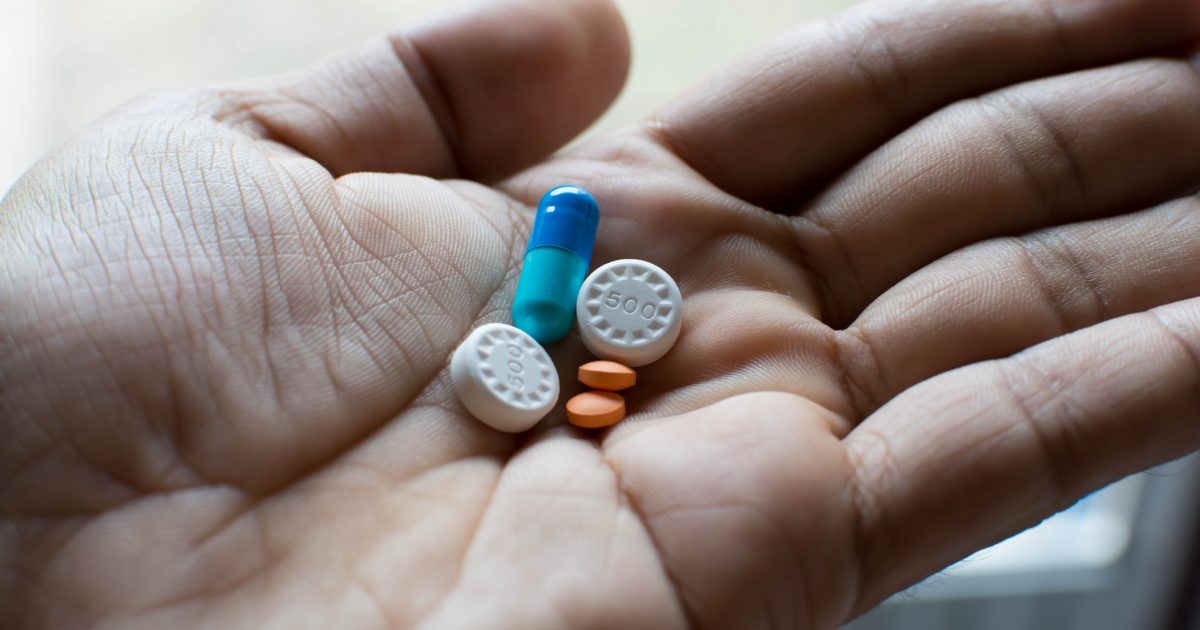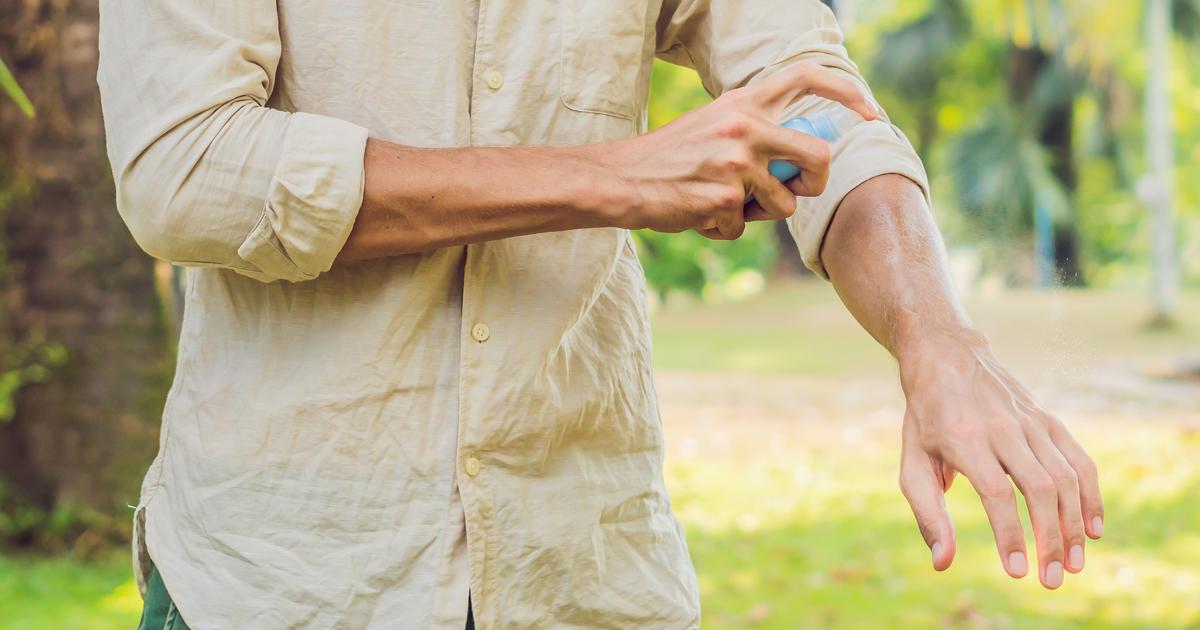Ways To Treat And Prevent Chigger Bites
Chiggers, sometimes known as berry bugs and red bugs, are small mites about the size of a grain of salt, that belong to the arachnid family. They are the larvae (babies) of harvest mites. Chiggers are found throughout the Southern United States and are also common in the Great Plains and Mid-Atlantic regions. The mites are also found in Asia. Due to their small size, chiggers are largely undetected on the skin, and most individuals who are bitten will not have seen the chigger itself. Chiggers live in grassy areas and woodlands and are common in gardens, berry patches, and backyards as well.
Chiggers are most active during the summer. Once temperatures drop below sixty degrees Fahrenheit, they are largely inactive and die at temperatures lower than forty-two degrees Fahrenheit. Chigger bites can affect anyone, and they usually appear as red, itchy welts. Since chiggers usually bite more than once, most patients will have several clusters of welts, and they may increase in size over several days or weeks. Occasionally, some areas may blister, and chigger bites may sometimes look like hives. The bites are most common on the armpits, ankles, groin, waist, and behind the knees. Chigger bites typically heal in one to three weeks. The treatment recommendations outlined below are useful in managing chigger bites.
Clean Skin With Soap And Water

As soon as a patient suspects or notices they have chigger bites, it is important to clean their skin with soap and water. This first step is essential to remove any remaining chiggers from the skin and minimize infection risk. Since chiggers do not burrow into the skin, washing the area with warm, soapy water and a towel will be enough to physically remove any chiggers from the body. Patients should cover the entire affected area with soapy water for a few minutes before rinsing it off and drying with a towel. This should be repeated at least once to remove all of the chiggers. If patients are in a location without access to water or soap, rubbing the area with a clean towel or cloth is usually sufficient to remove remaining chiggers for the time being.
Learn more about how to treat chigger bites now.
Wash Clothes And Towels

Patients should thoroughly wash clothes and towels that may have come into contact with chiggers or chigger bites to minimize the risk of spreading the infection. Ideally, a patient who notices new chigger bites should change out of the clothes they are wearing and put on new clothes as soon as possible. This is particularly important for patients who may have left articles of clothing outside in grassy areas where chiggers may live, as they can easily hide in clothing and towels. Any towels or other materials used to wash affected areas should also be washed as well. Ideally, clothing and towels that have come into contact with chiggers should be washed in the washing machine with hot water and a high-quality detergent. Clothing and towels should be washed separately and not mixed with any other laundry items. Patients may wish to dry their clothes and towels in the dryer after washing to kill off remaining bacteria.
Continue reading to reveal more methods of treating chigger bites now.
Treat With Anti-Itch Ointments

One of the major symptoms of chigger bites is extreme itchiness that can persist for weeks. Patients are advised to treat with anti-itch ointments, and treatment may be needed for at least ten to fourteen days. Some examples of effective anti-itch ointments include calamine lotion and hydrocortisone cream, which may be available with or without the addition of diphenhydramine, an antihistamine that can provide additional itch relief. The majority of anti-itch ointments are available over-the-counter, and patients may wish to try several kinds to find the one that works best for them. Typically, most ointments can be applied to the affected area up to four times a day. Patients should apply the creams with a cotton swab instead of using their fingers to minimize the risk of infection. In addition to using anti-itch cream, patients should apply an antiseptic spray or cream. After applying ointments, the affected area should be covered with a bandage.
Get the details on more ways to treat and prevent chigger bites now.
Antibiotics For Infected Bites

Occasionally, chigger bites may become infected. This can occur due to scratching, and chigger bites have as much of a risk of infection as any other bug bite. Patients should monitor the affected areas of their skin for any signs of infection. Symptoms of a potential infection include blisters, redness, warmth, pain, discharge, and pus or a yellowish crust on a sore. If these signs appear or patients have any other concerns, they should visit their doctors to receive antibiotics for infected bites. For skin conditions, antibiotics are typically prescribed in ointment form, and oral antibiotic tablets may be needed for more serious infections. Most courses of antibiotics last for one to two weeks, and patients should ensure they take the entire course.
Continue for information on a great strategy for preventing chigger bites now.
Wear Insect Repellent

The most effective method of preventing chigger bites is to wear insect repellent. Of all the types of insect repellents on the market, those containing DEET provide the most protection against chiggers. Insect repellent should be worn whenever an individual is outdoors in a grassy or wooded area, particularly in the summer months. It is particularly important for hikers and campers to use insect repellent. Insect repellent is most commonly available as a spray, and it should be sprayed onto all exposed skin (except for the face). Patients spending an extended period outdoors may wish to wear long sleeves and long pants for added protection. Instead of spraying the repellent directly on the skin, it can then be safely sprayed onto clothing. Pants should be tucked into socks, and closed-toe shoes and wide-brimmed hats should be worn. It is especially important to spray insect repellent on the tops of shoes, cuffs of sleeves, waistband of pants, and necklines of shirts.